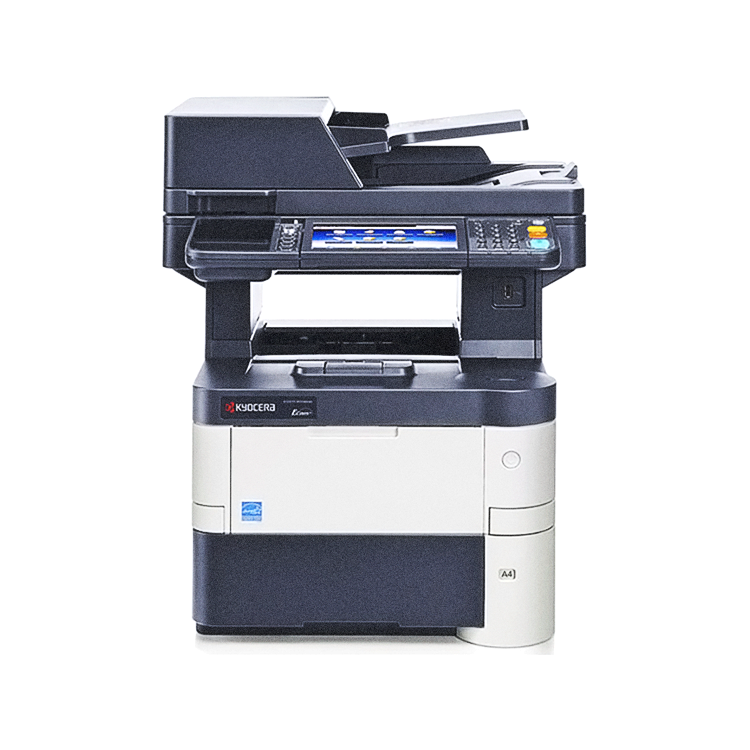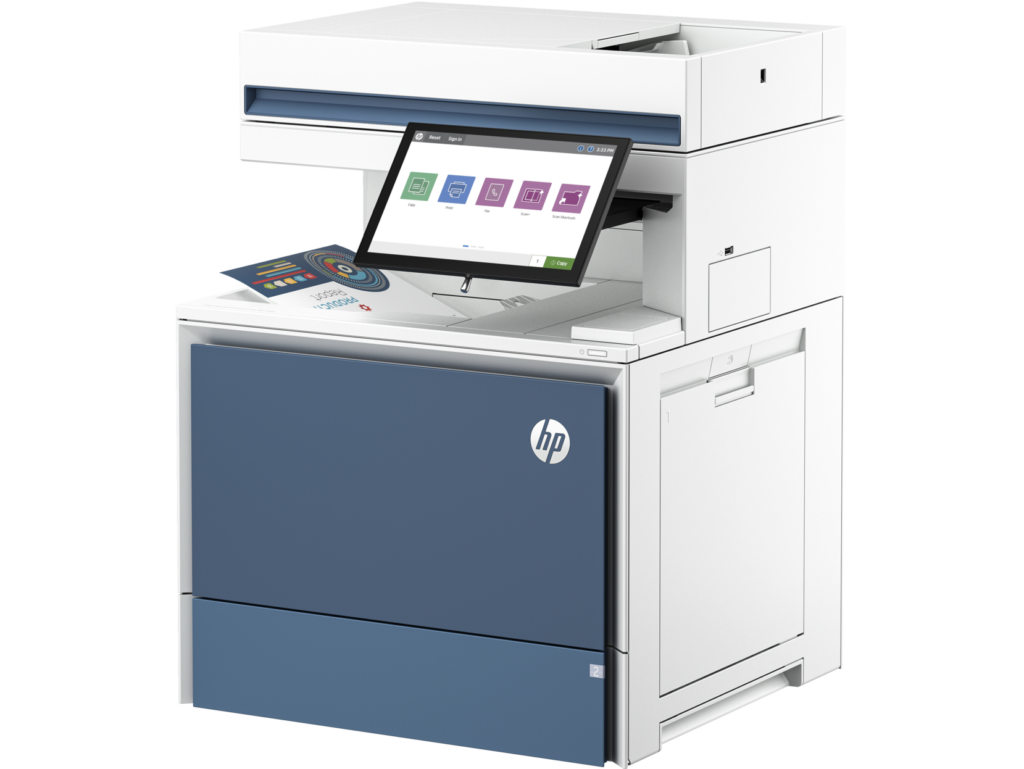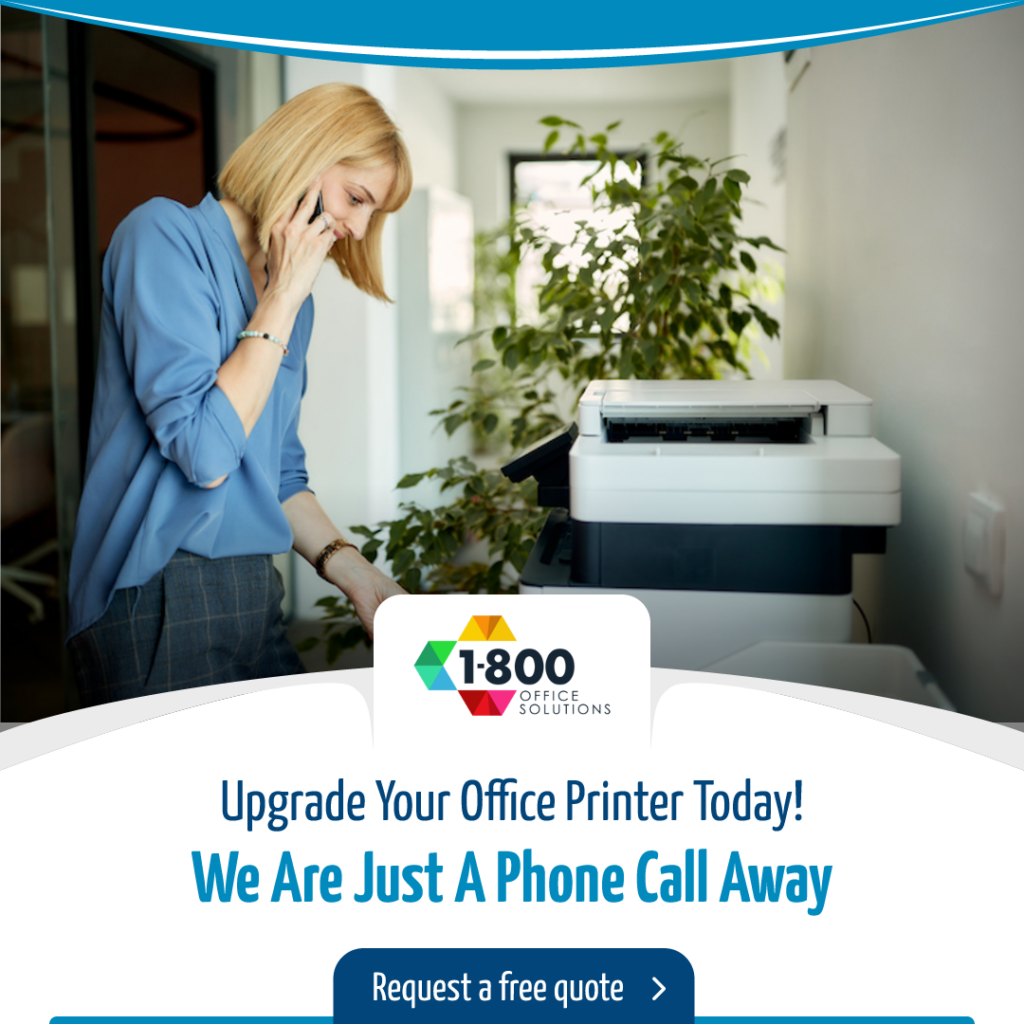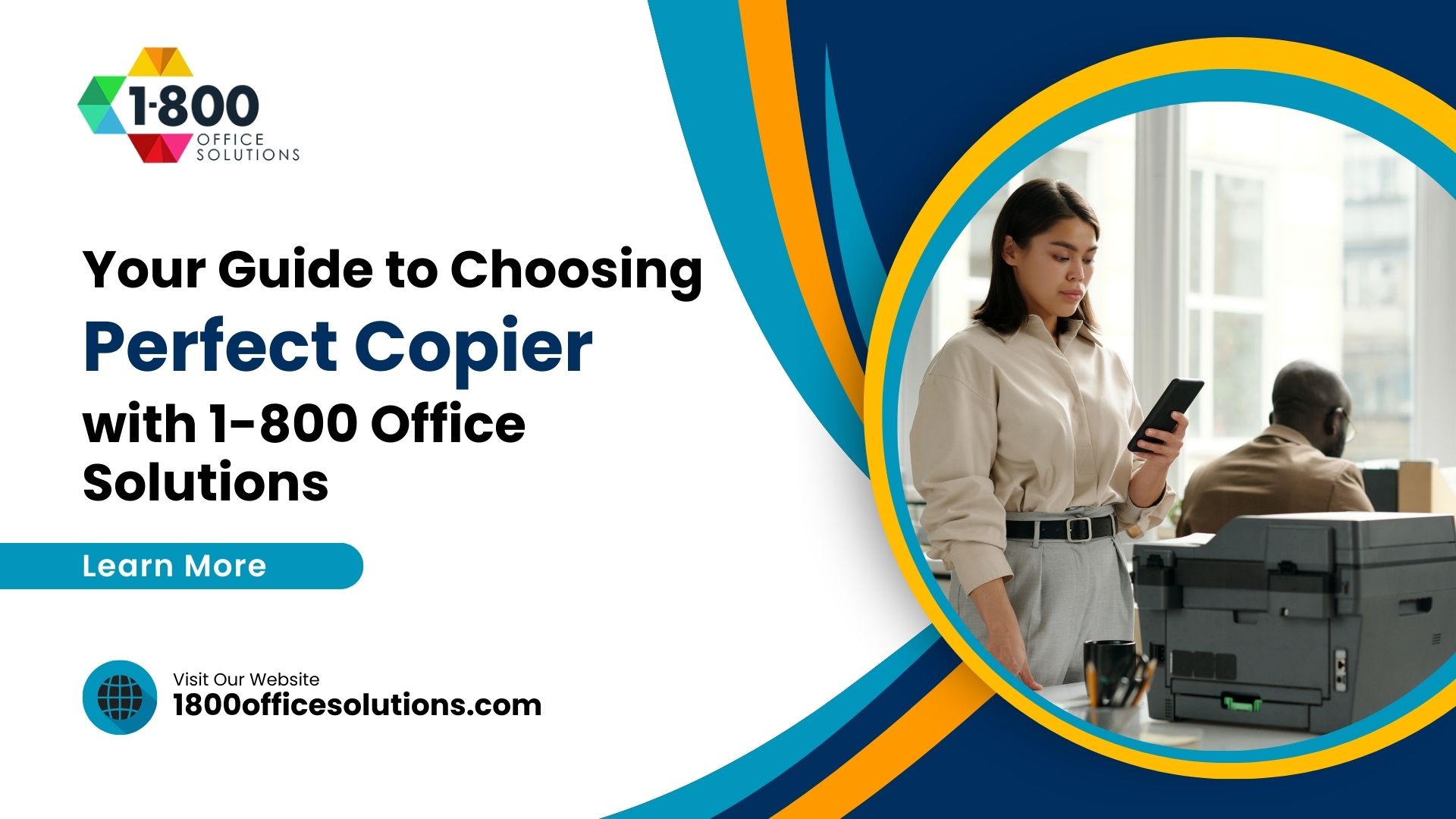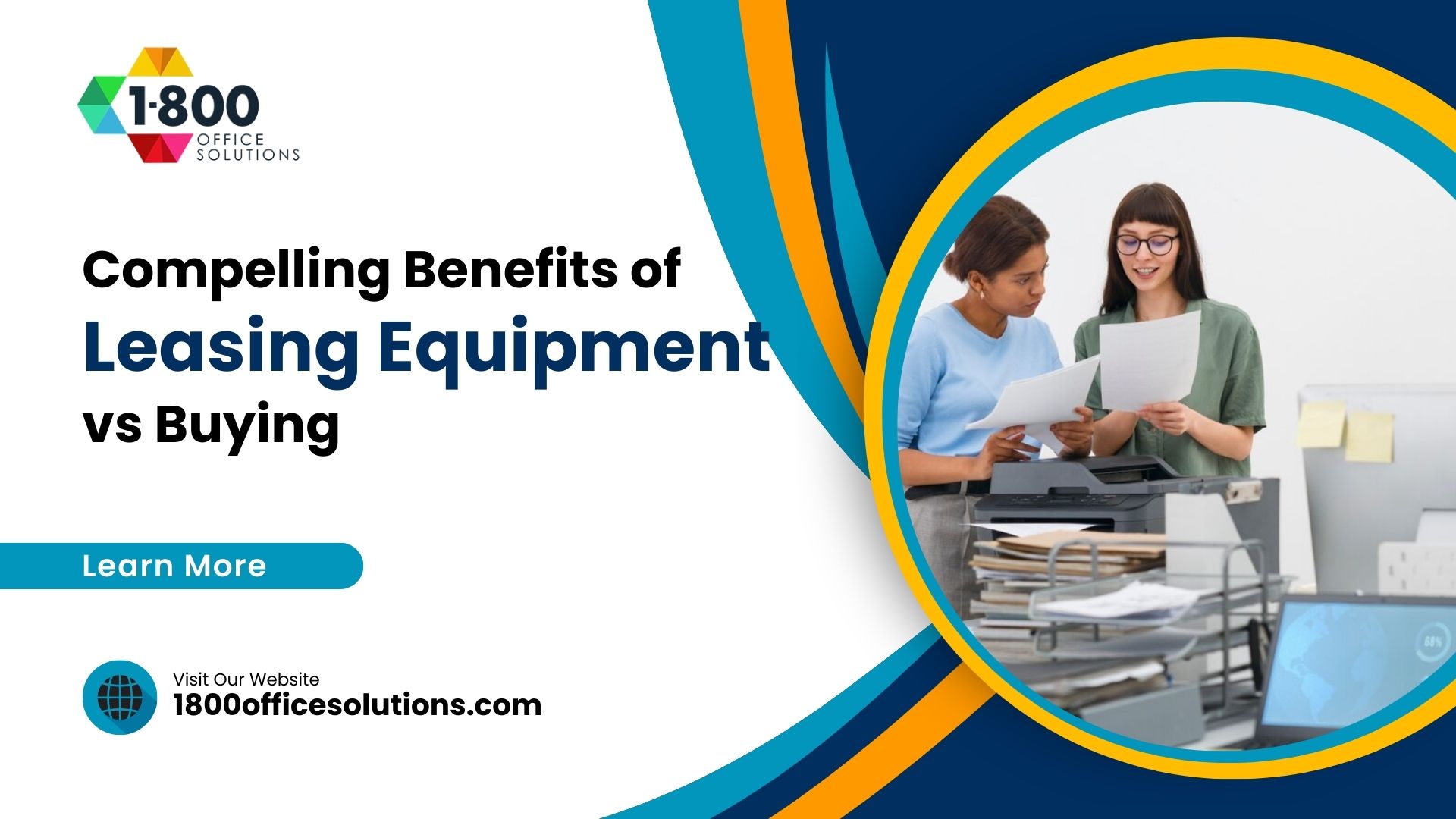Save Money: Understanding the Ins and Outs of Printer Leasing Costs in Sterling
Printer Leasing Costs in Sterling
In the contemporary business landscape, having the right equipment can be a pivotal factor in determining success. One such essential apparatus is a printer. However, procuring a high-quality printer can be a substantial investment, especially for budding enterprises. This is where the concept of printer leasing comes into play. Understanding the intricate details of printer leasing is not just beneficial but vital for businesses aiming to make an informed decision that could potentially save them a considerable amount of money in the long run.
Printer leasing is a service facilitated by leasing companies, allowing businesses to utilize a printer for a predetermined lease term, typically involving regular payments, often calculated per month. The leasing company retains ownership of the printer, while the business avails the right to use it. This arrangement bears resemblance to leasing a car, offering a range of benefits including cost-effectiveness and access to up-to-date technology.
To delve deeper into this topic, resources such as HP’s Guide on Leasing or Buying Office Printers can provide extensive information. Now, let’s dissect the concept of printer leasing to understand its workings thoroughly.
Understanding Printer Leasing
Printer leasing is a contractual agreement facilitated between a business and a leasing company, allowing the former to use a printer for a predetermined period in exchange for regular payments. This lease agreement is generally characterized by its flexibility, with terms that can span anywhere from one to five years, catering to the diverse needs and preferences of different businesses.
The process of entering into a printer leasing agreement is quite straightforward and can be broken down into three primary steps:
- Selection: The first step involves meticulously choosing a printer model that perfectly aligns with your business needs. It is here that you consider the functionalities you desire in a printer, be it multifunction capabilities or a specific pages per minute output.
- Agreement: Once the ideal printer is selected, the next phase is to agree on the lease terms. This includes settling on a feasible duration for the lease and establishing a structured payment plan, which could entail monthly or quarterly payments.
- Usage: After the agreement is signed, the business commences to make the agreed payments for the duration of the lease term, enjoying the benefits of having a printer without the burden of ownership.
As the end of the lease term approaches, businesses are presented with several options. They can choose to return the printer, upgrade to a newer model to stay abreast with the latest technology, or in certain circumstances, opt to purchase the printer outright, transitioning from a lessee to an owner.
Understanding the intricate nuances of leasing a copier or printer is essential to leverage its benefits fully. It empowers businesses to maintain a technological edge without a substantial upfront investment. For those keen on exploring this avenue further, resources such as Xerox’s Printer and Copier Rental Services can offer deeper insights and guidance in making an informed decision.
Pros and Cons of Leasing a Printer
Like any business decision, leasing a printer comes with its set of advantages and disadvantages. Here we outline the pros and cons to help you make an informed choice:
Pros
- Cost-Effectiveness: Spreading the lease cost over a period makes it more affordable than buying outright.
- Up-to-Date Technology: Leasing facilitates regular upgrades to newer models, ensuring access to the latest technology.
- Support and Maintenance: Many lease agreements encompass maintenance and service contract, reducing worries about printer repairs or servicing.
Cons
- Long-Term Cost: In the long run, the total lease cost can exceed the cost of buying a printer outright.
- Commitment: Lease agreements can be binding, making it challenging to break without incurring penalties.
Factors to Consider When Leasing a Printer
When venturing into leasing a copier or printer, several factors warrant consideration to ensure that you get the most value out of the agreement. Here are the pivotal points to ponder:
- Printer Needs and Requirements: Analyze the volume and quality of printing your business necessitates. This will guide you in determining the type of office copier or printer you need and the consequent lease cost.
- Cost-Effectiveness: Weigh the pros and cons of leasing versus buying to discern the most economical option for your business. Consider the total costs involved, including potential per month payments.
- Maintenance and Support: Scrutinize if the lease agreement incorporates maintenance and support services, which can be a lifesaver in averting time and money on printer repairs.
Understanding the multifunction capabilities of a printer and the support services included in the lease agreement can significantly influence your decision in opting for a printer leasing service. It is prudent to undertake a meticulous analysis to ensure that your choice aligns perfectly with your business needs and financial capabilities.
Leasing vs Buying a Printer
When it comes to acquiring a printer or copier for your business operations, the dilemma often revolves around whether to lease or buy. The decision is pivotal and has substantial financial implications.
Comparing the Benefits:
Leasing:
- Flexibility in changing or upgrading the equipment
- Predictable monthly payments
- Possible tax benefits as a business expense
Buying:
- Ownership of the equipment
- No obligation to adhere to terms and conditions of a lease
- No end of the lease concerns
Financial Implications:
Leasing:
- Potential for unexpected costs
- Lease rates might be higher over time compared to buying
- Leasing companies might incur additional costs for early termination
Buying:
- Higher upfront purchasing costs
- Service costs for maintenance can be high
- Depreciation of the asset over time
Embarking on the journey of leasing a printer or copier necessitates a deep understanding of the process. Here are the essential steps and considerations:
Steps to Lease a Copier or Printer:
- Determine your business needs considering factors like pages per minute and whether you need a color copier or a multifunction printer.
- Research and get free price quotes from various copier dealers.
Finding a Leasing Company:
- Look for reputable leasing companies that offer favorable lease rates and terms and conditions.
- Consider leasing prices and how much does it cost to lease an office copier in the current market scenario, keeping in mind the year 2023.
Questions to Ask When Leasing a Printer
Before you finalize a leasing program, it is imperative to ask the right questions to make an informed decision. Here are some critical inquiries:
Understanding the Lease Terms:
- What is the length of the lease?
- Are there provisions for shorter lease terms?
What is Included in the Monthly Cost?:
- Does the monthly lease cost cover service and maintenance?
- Are there any costs associated with leasing that might come up later?
What Happens at the End of a Printer Lease?
As the end of your lease period approaches, being cognizant of the available options can save you from unforeseen hassles. Here we present a case study to illustrate a successful office copier lease experience:
Options at the End of a Lease:
- Return the equipment
- Purchase a copier outright
- Upgrade to a new copier
Case Study: Successful Office Printer Leasing:
- A small business in 2023 opted to lease an office copier instead of buying, which allowed them to always upgrade to the latest technology, offering them peace of mind.
What People Also Ask
How does leasing a printer work?
Leasing a printer involves entering into a contractual agreement with a leasing company where you agree to make a fixed monthly lease payment for a specified period, which can range from a few years to a five-year lease. At the end of the term, you have options to either return, buy, or upgrade the equipment.
What are the benefits of leasing a printer?
Leasing a printer offers several benefits including access to the latest technology without a hefty upfront cost, predictable monthly expenses, and the flexibility to upgrade to a newer model at the end of the lease period. Moreover, leasing can be a more cost-effective solution, especially for businesses with limited capital.
What questions to ask when leasing a printer?
When leasing a printer, inquire about the total cost to lease an office equipment, the services included in the monthly cost, and the terms for service and maintenance. Also, ask about the options available at the end of the lease, and whether there are any penalties for early termination of the lease.
What happens at the end of a copier lease?
At the end of a copier lease, you generally have three options: return the copier to the leasing company, purchase the copier outright, or renew the lease, possibly with an upgrade to a newer model. It is essential to understand the conditions stipulated in the lease agreement to choose the option that makes the most sense for your organization.
Conclusion
As we recap, it is evident that whether to buy or lease a printer or copier is a significant decision with substantial financial implications. The process of leasing involves several steps, including understanding the lease terms, determining the monthly payments, and navigating through the overall leasing process adeptly.
Moreover, it is crucial to be well-informed about the options available at the end of the lease to avoid any inconveniences. Resources such as the guides from HP and Xerox can be instrumental in helping you make an informed decision.
For further assistance and to embark on a hassle-free printer leasing journey, feel free to contact our team of experts who can guide you through every step, ensuring that you choose the best option that aligns with your business needs and financial capabilities. Remember, the right printer or copier lease can be a game-changer in enhancing the efficiency and productivity of your business operations.



